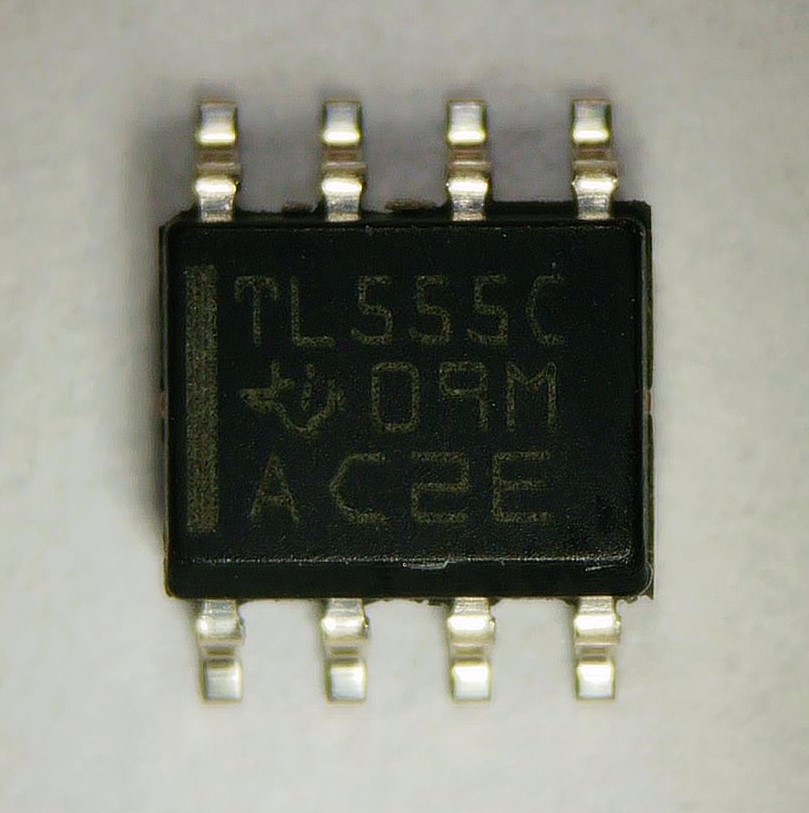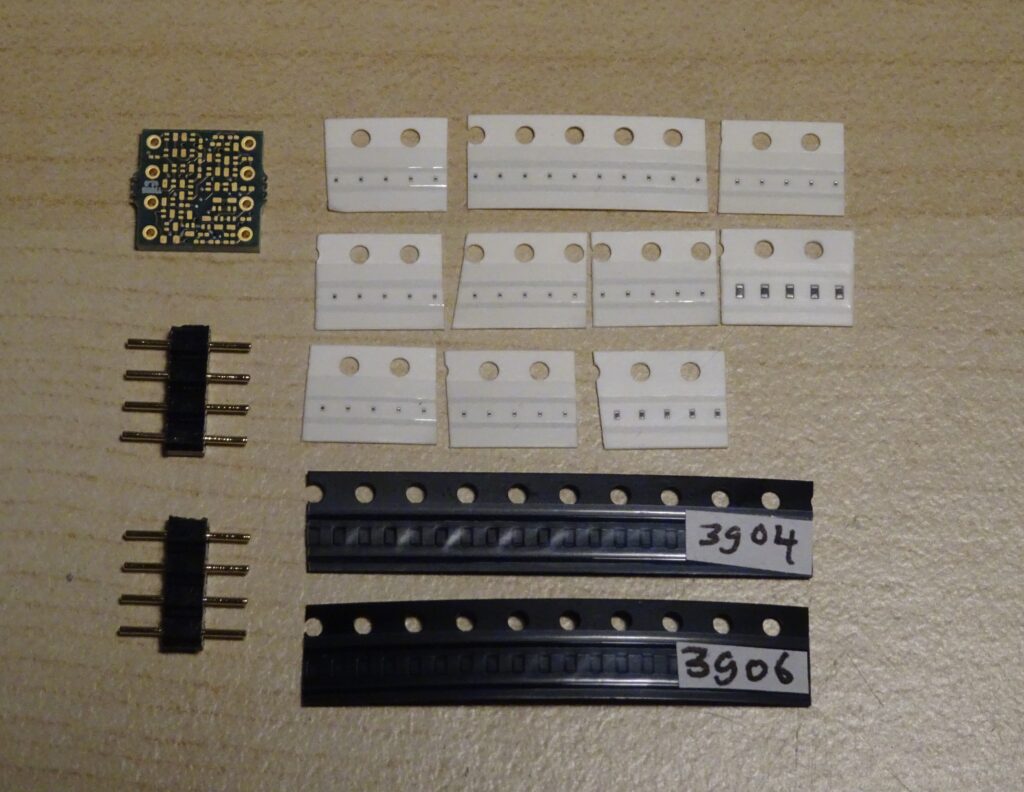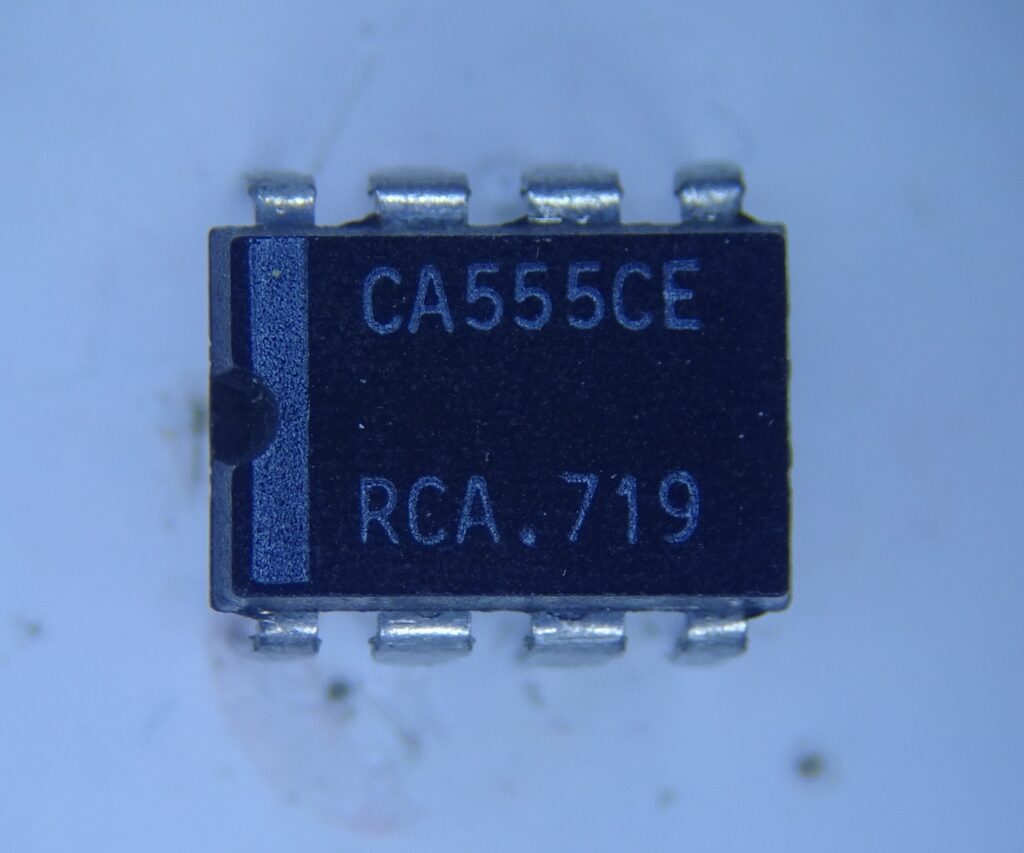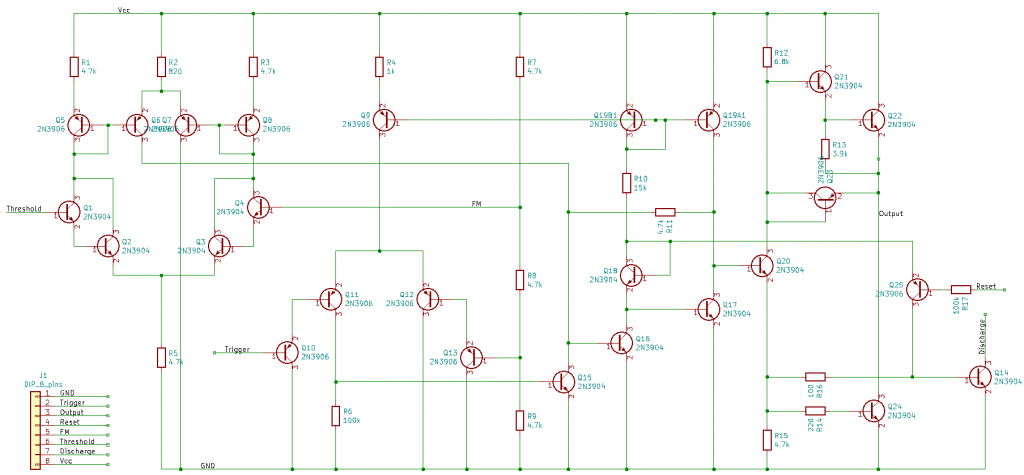Although the 555 timer is one of the most iconic chips ever made, and the original version is still sold in huge numbers, it actually makes little sense nowadays to use the classic chip anymore. That’s because an improved version has been around for a long time: the CMOS 555 timer. Most manufacturers that produced the original bipolar 555 timer also make a CMOS version, with typically the letter “C” somewhere in the full product name. Today we’ll have a look at a couple of these CMOS timers and see how they differ from the bipolar model.





